Table of Contents (click to expand)
Beetles are insects that have a head, thorax, and abdomen. They have tough and solid outer bodies and strong jaws that are well adapted to eat a variety of food. Many beetles have wings, or more specifically, modified wings. Beetles that eat plants and crops are called herbivores. Beetles that eat wood are called xylophages. Beetles that eat decaying matter are called scavengers. Some beetles eat the larvae of other beetles and insects. Some beetles eat aquatic creatures and amphibians.
Beetles are quintessential insects—they have a head, abdomen, thorax and multiple legs. Their outer bodies are tough and solid. Their jaws are strong and solid, with chewing mouthparts that are well adapted to eat a wide variety of food. Interestingly, many beetles have wings, or more specifically, modified wings. The first pair of wings serves primarily a protective purpose, as they are small, but quite hard. The second pair of wings allows some breed of beetle to fly. Many beetles catch our attraction with their brightly colored outer shells.
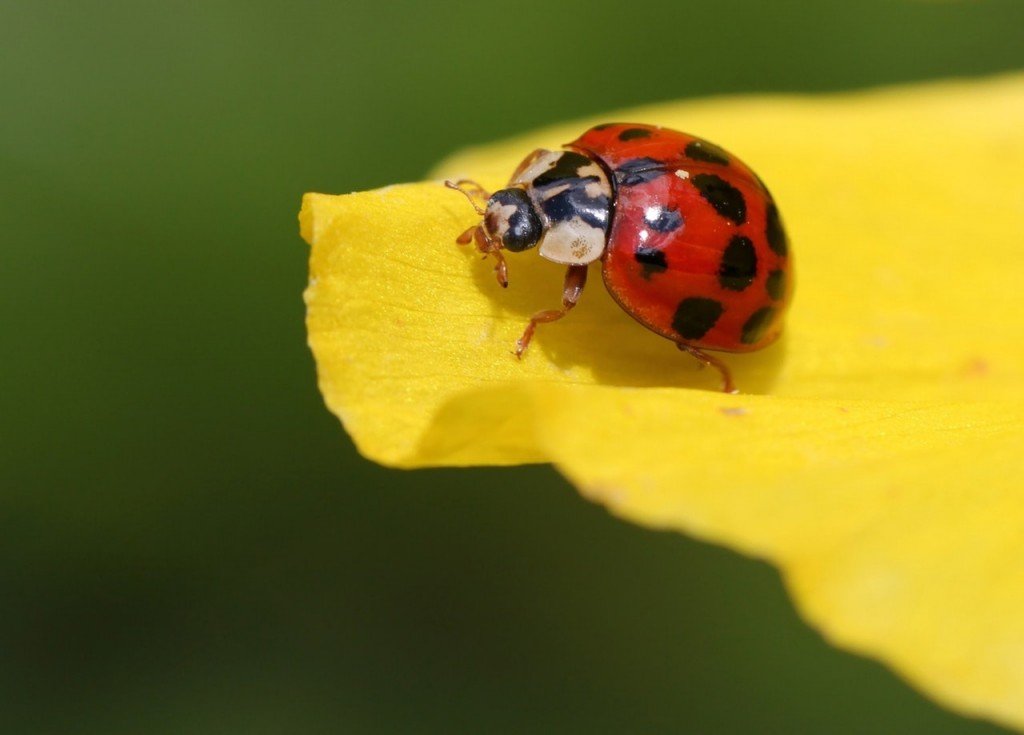
Beetles belong to an insect class called Coleoptera, which is a Greek word that means “sheath-wing”. Coleoptera happens to be the largest order of the class of insects. Many evolutionary scientists opine that a few thousand species of this order have yet to be identified. Presently, there are 400,000 known species of beetle already!
Because there are so many species of beetles, their diet can vary greatly. From decaying leftovers to aquatic creatures, they have manifested remarkable feeding abilities. Diving into that a bit deeper let’s take a look at typical food that different varieties of beetles eat.
Plants And Crops
Most beetles are herbivores, meaning they feed exclusively on plants. This includes roots, leaves, seeds, nectar, crops, and fruits. Beetle breeds like the cottonwood leaf beetle and elm leaf beetle consume leaves. This leaves holes in the leaves, which finally results in leaf discoloration and eventual death!
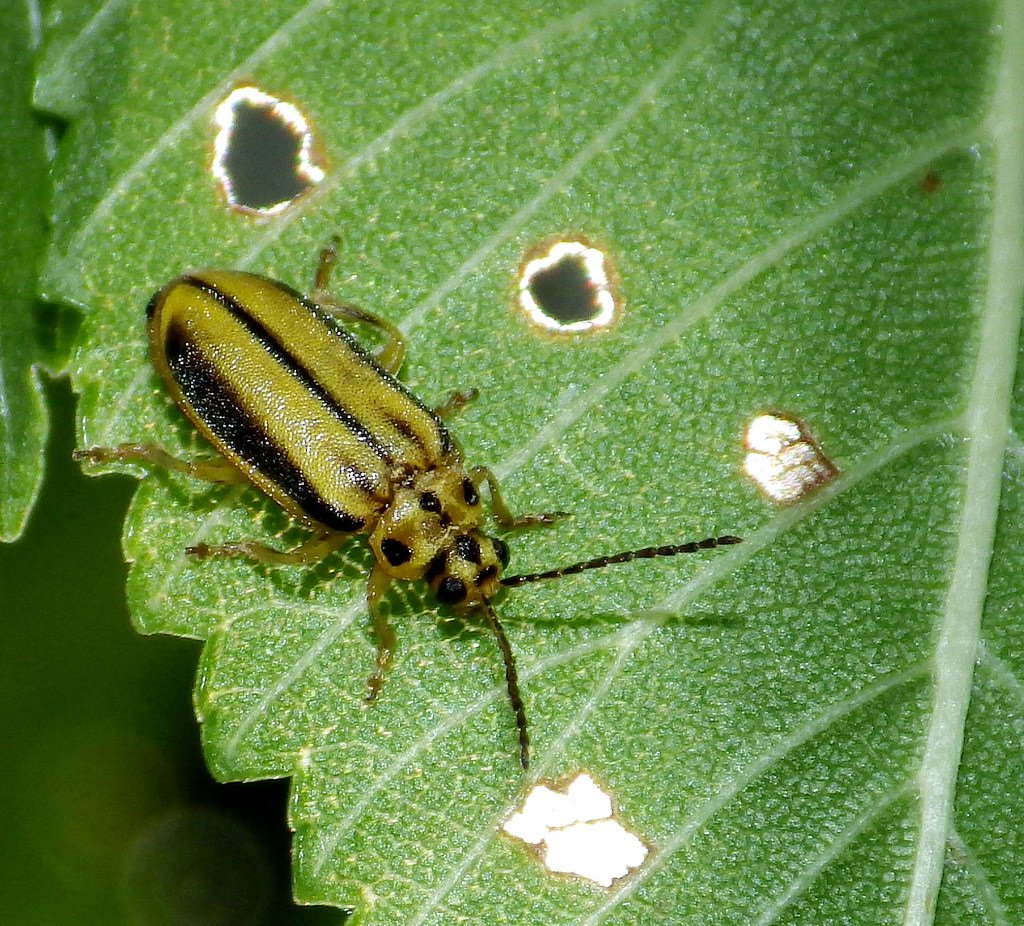
Beetle varieties like rice weevils and primitive weevils feed on crops like rice and grains. They are abhorred by farmers for their crop-eating addiction. Driedfruit beetles and figeater beetles devour fruits and figs, as their names imply. Their diet typically includes soft fruit, persimmons, fallen citrus and figs.
Also Read: Are Butterflies Harmful To Plants?
Wood And Furniture
Many beetle varieties are similar to termites, in that they feed on wood. Beetles like the longhorn beetle and powder post beetle can cause extensive damage to a living tree. They are nefarious for gorging on untreated lumber, wooden artefacts, and wooden furniture.
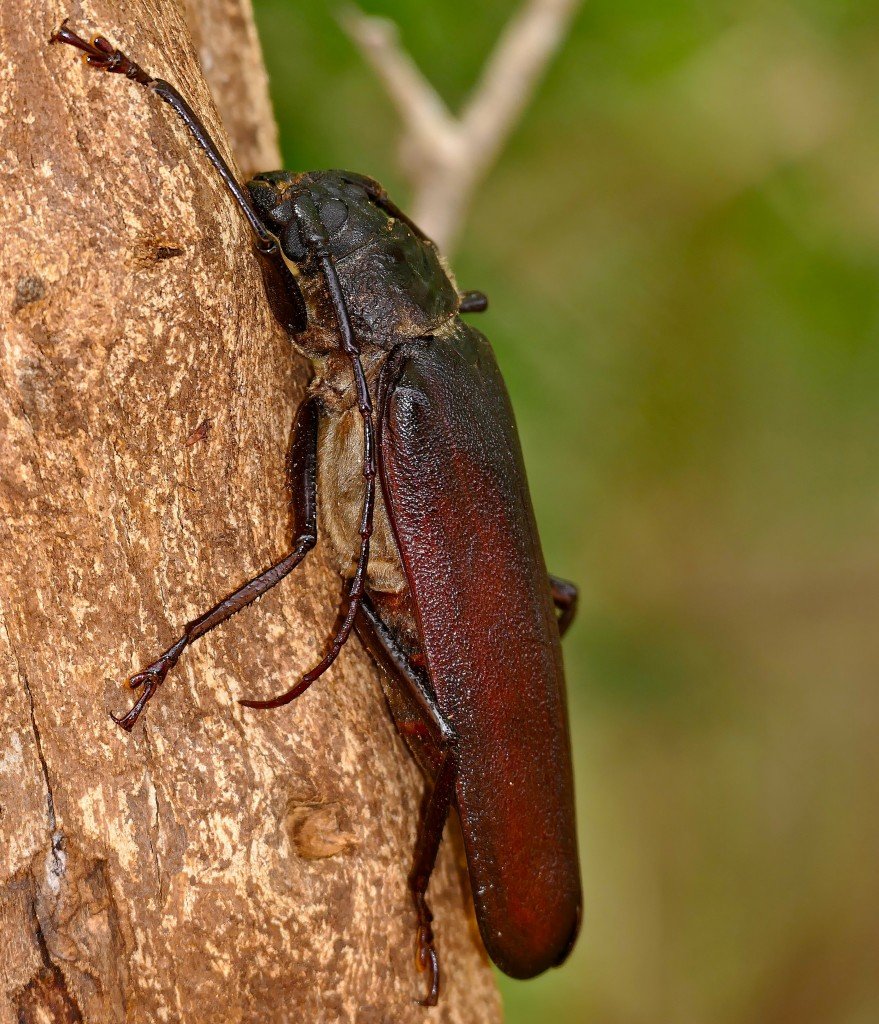
Decaying Matter
Many beetle breeds are scavengers. They consume decaying organic matter to survive. Carrion beetles, clown beetles, and scarab beetles survive by feeding on decayed plant leaves, fallen wood pieces, animal dung, and even dead animal cadavers.
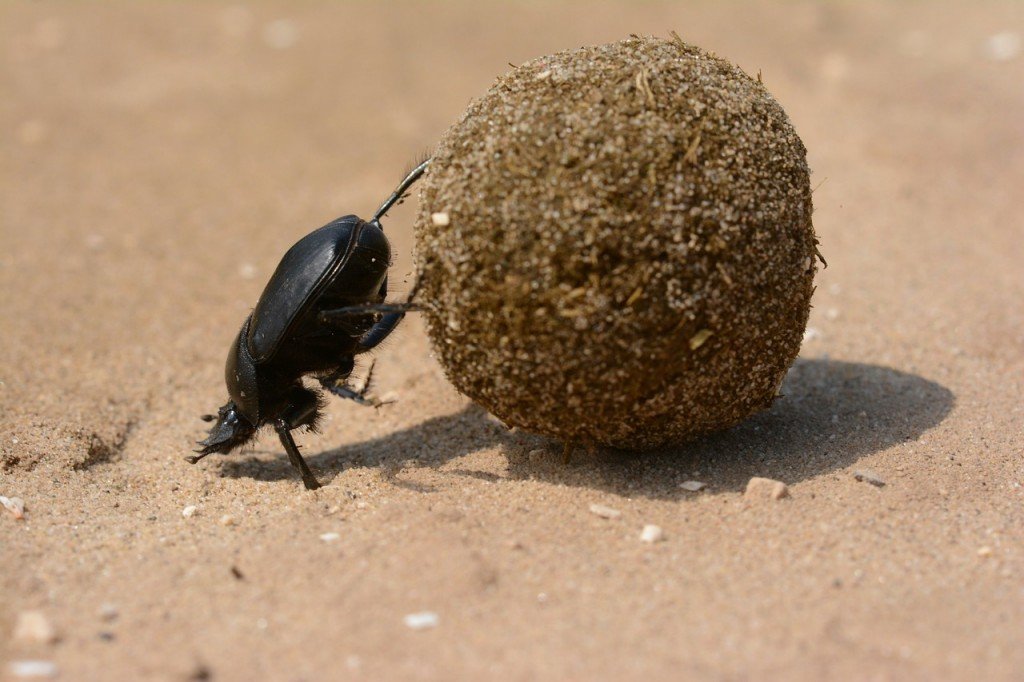
Mildew beetles feed on fungus in damp and moist areas. As fungi is their main source of food, mildew beetle are sometimes found in bathrooms, as these are areas with high humidity levels. High humidity permits the growth and development of both the beetle and their food.
Also Read: What Are Detritivores And What Role Do They Play In The Ecosystem?
Insects And Larvae
Besides being herbivores and scavengers, some beetles also demonstrate carnivorous habits! Oftentimes, they dine on the larvae of other beetles and insects. Some varieties of ground beetles are infamous for eating larvae. Lady beetles, on the other hand, like other insects. They typically feed on caterpillars, aphids, scale insects, mites, and almost every pest that farmers and gardeners fear.

Also Read: Moth Food: What Do Moths Eat?
Aquatic Creatures
This is most surprising diet of certain beetles. Yes, they eat certain aquatic creatures and amphibians.
Amphibians are larger than beetles and can easily swallow them, but beetles like predaceous diving beetles are able to not only circumvent their predators, but also feast on them! They entice amphibians like frogs and toads to attack them, but when they do so, the beetles whip around and sink in their huge jaws slowly draining the life out of the unsuspecting amphibian. Their sharp jaws inject chemicals that help in digesting such large prey with ease. Some people believe that some beetles can even hunt snakes!
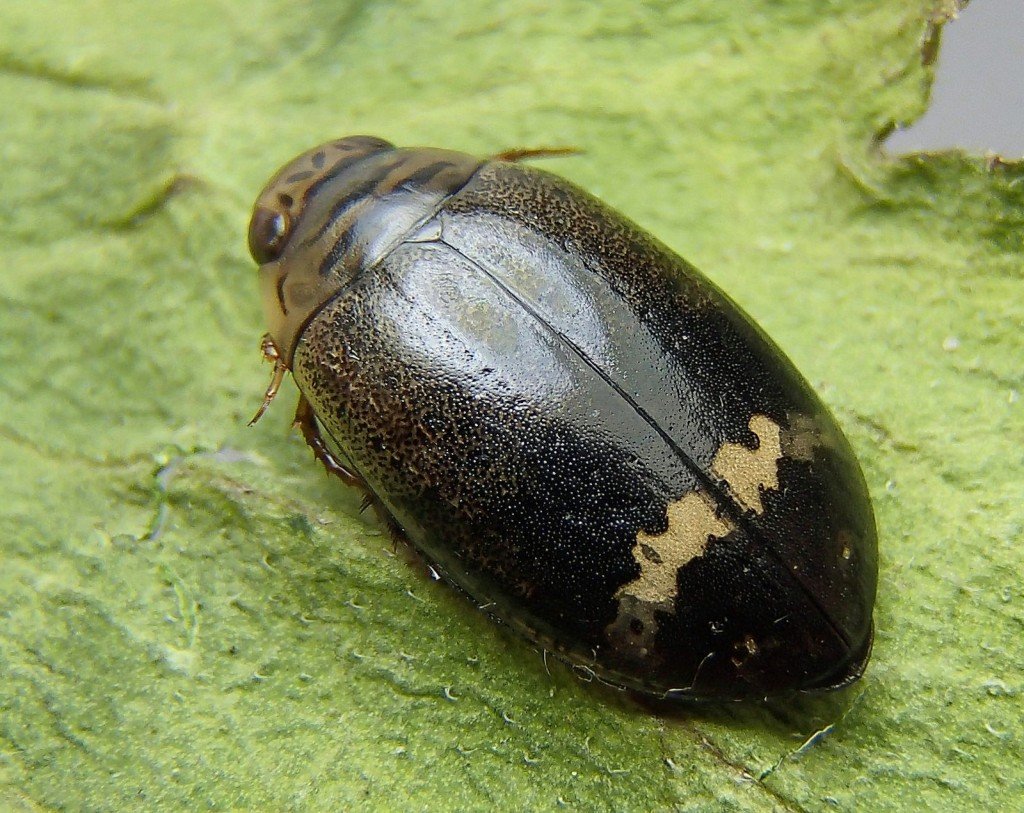
Whirligig beetles are known to feed on aquatic insects and crustaceans. Similarly, water beetles are widely known to feed on tadpoles.
Is The Beetle Diet ‘Evolutionary’?
Initially, I said that there are more than 400,000 species of beetles. Recent research done by the University of Berkeley directly links these assortments to their eating habits. For example, if one species of beetle eats only a particular flower, that flower might gradually become scarce as the beetle population surges. They theorize that half of that species might look for other options, such as feeding on a different flower or plant. The group of beetles that switches their diet might evolve to become another species over this time. That sounds like a very likely reason why we have at least 400,000 different beetle species!
Also Read: Why Are Some Plants Carnivorous?
How well do you understand the article above!

